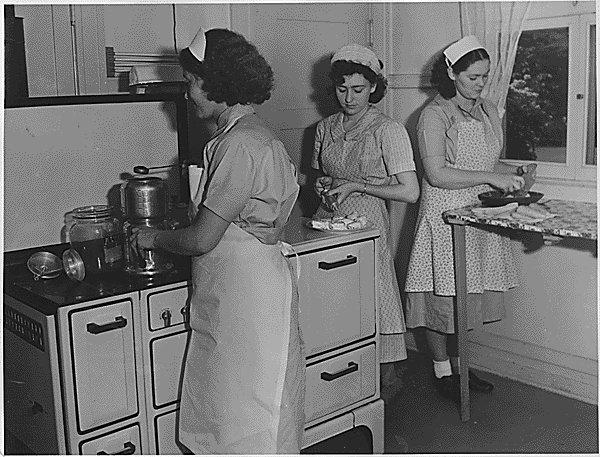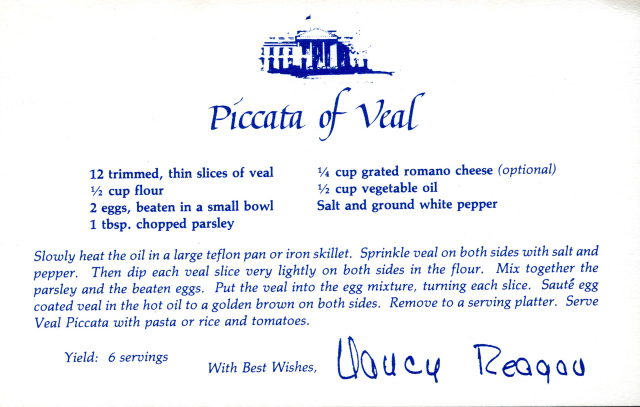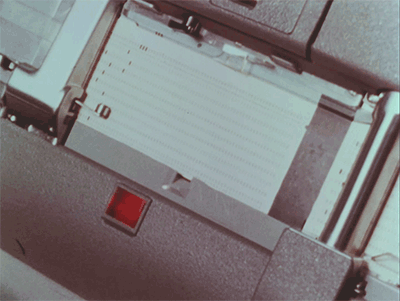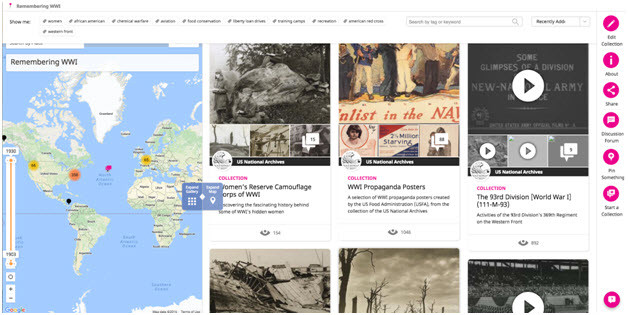Today’s post comes from Dina Herbert, Innovation Hub Coordinator. Dina recently chatted with Patrick Cronin and Thomas Neville about THATClass, their project-based archival education program for Washington, DC students.

Tell me about THATClass. What do students learn by participating in THATClass that they wouldn’t necessarily get from their regular school year lessons?
THATClass (The Humanities And Technology Class) started with partnerships among teachers, students, local archives and experts, and a question: What if we replaced the textbook with archival materials? That led to authentic historical work, with high school students framing questions about forgotten stories, researching in archives, and using new digital tools to share their findings at a professional conference. The learning experience is unique because students (and teachers) are free from the normal constraints of school, a fixed classroom location, grades, and set content to be covered. THATClass encourages learners to uncover content in archives; this is a departure from traditional humanities education.
This year, in particular, participants learned that just because a project has National Endowment for the Humanities funding and graduate-level research does not mean the scholarship is finished. In examining the site the students found that the layer for their area of research was incomplete. This was an organic way for students to generate questions based on existing scholarship and identify what resources were available to enable them to add to it. In order to enter metadata related to NARA’s individual physical sources and related assets (like newspaper articles), our students first had to learn about geo-spatial perspectives, wartime bureaucracy, and legal repercussions of debauchery in Civil War Washington. Graduate-level research yielded graduate-level content knowledge.
Has working on THATClass given you any ideas for other ways teachers and schools can collaborate with archives, libraries, and museums?
Yes, although it’s worth noting that THATClass as a formal program had to start independently from any existing school or university. The ideas behind it are so counter to the norm it took three years before anyone would take a chance on us and provide funding (thanks DC Public Library).
 We feel the time has come for the kind of work we’re doing. Galleries, Libraries, Archives and Museums (GLAMs) are the labs of the humanities. Schools across the country now have science, technology, engineering and mathematics (STEM) labs, but they neglect art, repurpose libraries, rarely sing, and history is still often an endless cycle of lectures, worksheets, and tests. Establishing strong connections was key to breaking out of this rut. Our classes had historical themes and ideas to wrestle with but lacked active engagement and true skill development so reaching out to archives made sense.
We feel the time has come for the kind of work we’re doing. Galleries, Libraries, Archives and Museums (GLAMs) are the labs of the humanities. Schools across the country now have science, technology, engineering and mathematics (STEM) labs, but they neglect art, repurpose libraries, rarely sing, and history is still often an endless cycle of lectures, worksheets, and tests. Establishing strong connections was key to breaking out of this rut. Our classes had historical themes and ideas to wrestle with but lacked active engagement and true skill development so reaching out to archives made sense.
For many of your students, THATClass was the first time they’ve visited the research side of an archives. What were some of their takeaways from the experience?
In our first project for THATClass one of our students was 14, the minimum age for research. This particular student, who worked with us again this summer, told the Washington Post that he kept wanting to dig for more information throughout the project and wished he had more time. I hope his takeaway is that he no longer needs us and that we’ll just get in his way and slow him down. He’d never heard of microfilm or csv files before working with us. His skillset has, in many ways, surpassed my own and I’m proud of that. He will assist me in leading undergraduates at Georgetown and Marymount Universities through archival research methods this Fall. His and other reflections on the experience can be viewed here.
How do you use the National Archives as a venue for primary sources?
 The National Archives has figured into each of our projects as both a reliable repository of relevant sources and also as a teaching tool for the research process in general. Having students experience what that process looks like is critical to pulling back the curtain. They get a feel for talking and working with the archivist, asking for a pull request for records, strategically planning for the schedule and rhythm of the pulls, being productive while you’re waiting for a pull, and what to do when the pull lacks what you hoped it had.
The National Archives has figured into each of our projects as both a reliable repository of relevant sources and also as a teaching tool for the research process in general. Having students experience what that process looks like is critical to pulling back the curtain. They get a feel for talking and working with the archivist, asking for a pull request for records, strategically planning for the schedule and rhythm of the pulls, being productive while you’re waiting for a pull, and what to do when the pull lacks what you hoped it had.
We’ve also gone to the National Archives because some crucial sources aren’t online yet. That’s actually turned out okay: some of the most powerful reflections we had from students highlighted the interaction with the space and the physical documents. Without using the word, they effectively came to see it as their laboratory.
What have you done in the National Archives in the past?
Our project in 2015 was about the 1968 Riots in Washington, D.C. At that time there was almost no scholarship on the topic. Over the summer, five local high school students produced the largest digitized collection of materials related to the civil disturbance. Much of their research centered around a report prepared by the National Capital Planning Commission and the Land Redevelopment Agency based on surveys about property damage (NARA Record Group 328). The students digitized a damage map using ArcGIS webware. We also submitted a Freedom of Information Act Request to the Metropolitan Police Department seeking a report on the deaths during the Riots, resulting in the first public release of these documents. The project was profiled in the Washington Post.
I know you’re working on a new project called “Downtime and Debauchery in Civil War Washington.” Can you tell me about some of the sources you’ve scanned in the Innovation Hub?
After finding several mentions of a list of Civil War Bawdy Houses, we found the special orders (#106 & #107) from the Provost Marshal of the Defenses of Washington 22nd Army Corps. These special orders led to an official inventory of the Bawdy Houses (RG 393 Pt 1, vol 298). Apparently after this list was created, the Metropolitan Police Department began conducting raids of these houses. Students then searched the Police Blotter and the Police Returns. At that point, NARA archivist Bob Ellis recommended we look at the criminal court records (RG 21). We found roughly 100 court cases during the Civil War related to “Keeping Bawdy House”. There were enough to warrant the creation of a form letter for the case files. Some of the women (and a few men) had multiple cases brought against them. Others had aliases that overlapped. There never was a case brought against the now-famous DC Madam, Mary Ann Hall, despite being listed on the official inventory of Bawdy Houses.
How can interested students get involved in next year’s program?

We will have applications for the 2017 THATSummer project open in the spring and local students in the Washington, D.C. metro area are welcome to apply. We are still working out the details so please keep a look out for the application on our website thatclass.org. Our funding will again come from the DC Public Library.
 Breakfast
Breakfast























